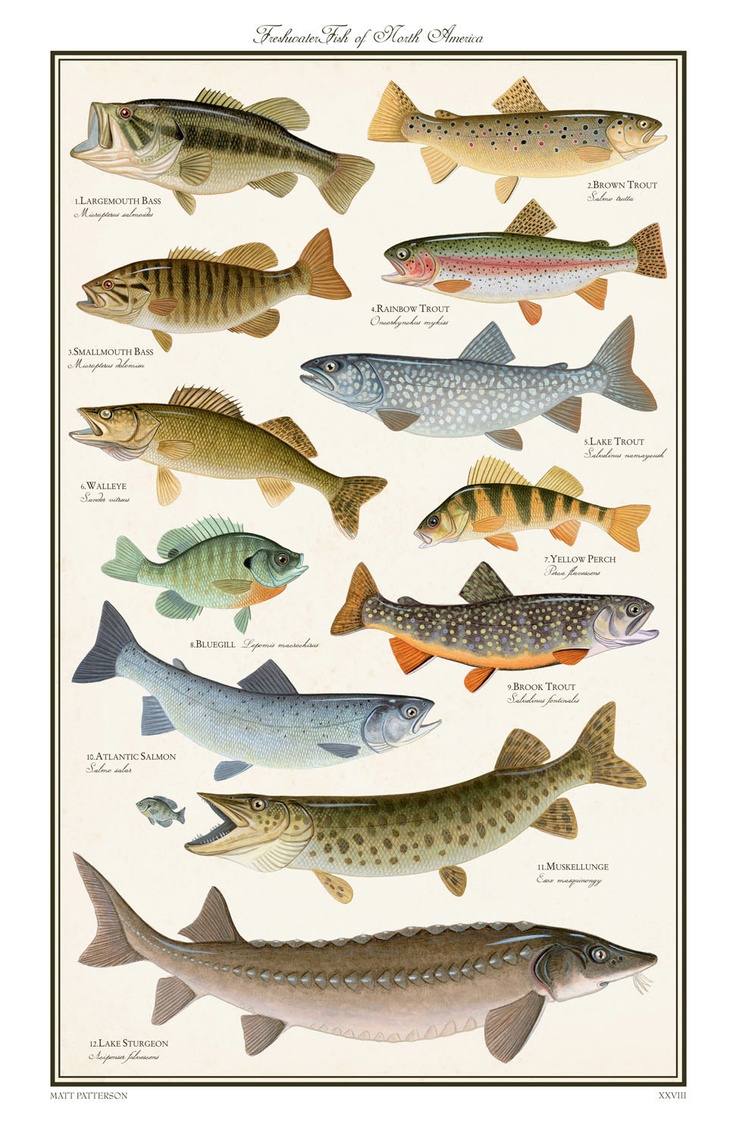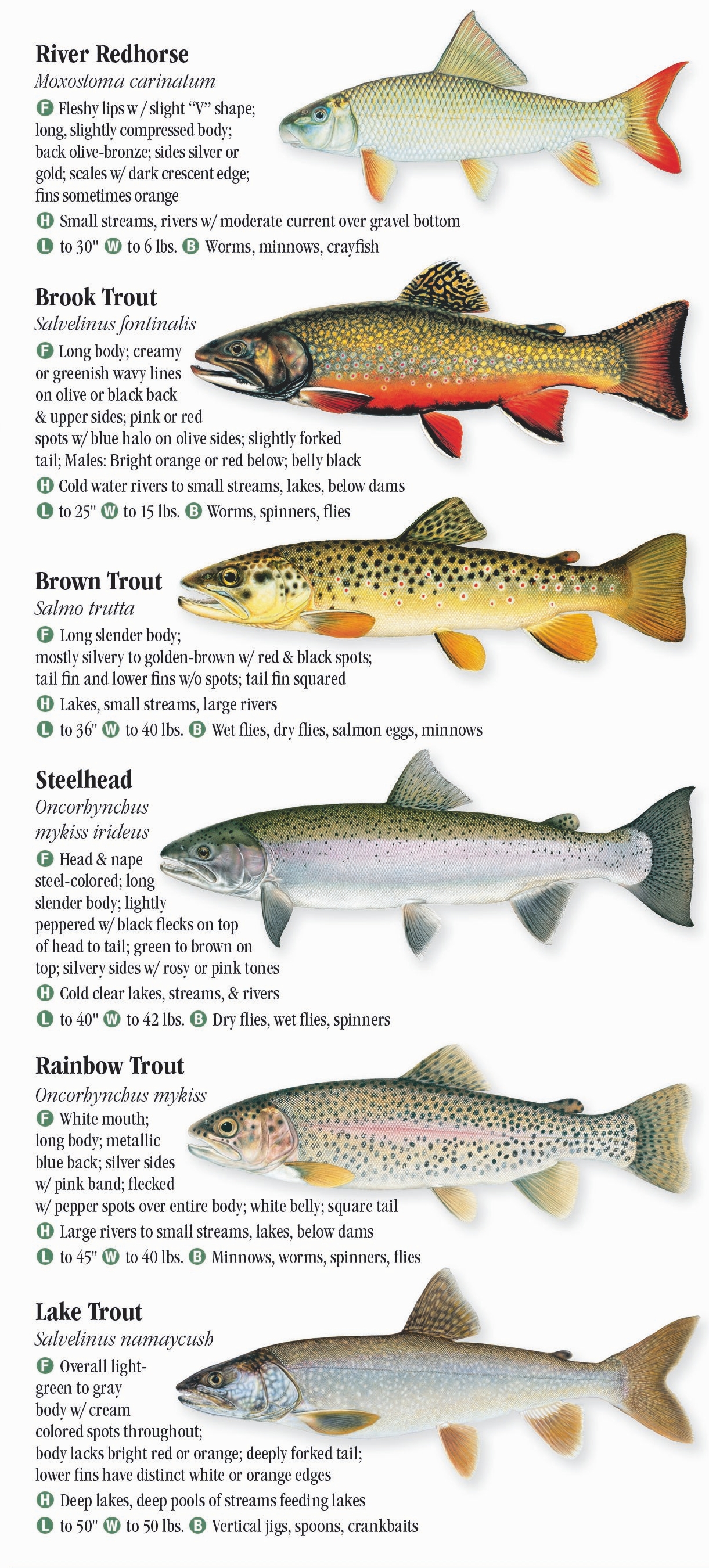

And you can use that to collect data on brain activity related to different behaviors. So you can visually observe its brain while it is alive.
Freshwater fish species skin#
The reason it's such a great organism for neurophysiological research is because as you said, it has an open skull, and transparent skin on the top of its head. So it's just sitting under their noses until they did some genetic analyses, and found out it's a completely different species than they thought it was, it became a unique species at least 15,000 years ago.

And it's been used by neuroscientists for research for several years. It's native to Myanmar and it's very tiny about the size of your thumbnail. So this is an example of a species that was known to science, but had been misidentified for years. PATRICIO: Yeah, this is a pretty interesting story. Read on!? /yUDlKDjvEO- Shoal March 24, 2022īASCOMB: On the other end of the spectrum, I understand that they found a fish where you can actually see its brain through the skin on its scalp. Shoal today release a landmark New Species 2021 report detailing this guy, a fish called Wolverine, and much more. Apparently the local fishers in the area where the scientists are working decided to call the fish Buffalo Bill, because it was so aggressive and stabbing everybody with its with its spines.īASCOMB: That's a solid defense, you have to admit.Ģ⃣1⃣2⃣ species of freshwater fish were newly identified last year, including this brightly coloured goby from Okinawa, Japan ? Yeah, maybe nobody wanted to mess with it. Now, you know, they just came up with an individual that looked kind of similar to another one and said, oh, that one's too rough let's let it be. And interestingly enough, other closely related species in this family have never been seen to exhibit this type of behavior, even those that do have these type of spikes.īASCOMB: I wonder if maybe that's why scientists haven't described them before.

The researchers who described this species said in the process of collecting them from the wild, they ended up with bloody fingers. If anything tries to mess with it, they're gonna be in trouble.

It has an interesting characteristic where it has these lateral spines that can protrude from its Gill coverings that it uses to defend itself in a somewhat violent manner. PATRICIO: Yeah, this one has gotten a lot of interest, I think because of the name Wolverine. ? /Cu1jAlkOU1- Shoal April 4, 2022īASCOMB: And I understand there's also something scientists have called a wolverine fish. ? May have split from closest living relative ONE MILLION years ago, making it remarkably unique. So it's had a lot of time to evolve very distinct attributes. And the genetic analysis, the researchers who described the species have done show that it's likely it's split from its closest relative over 1 million years ago. And one remarkable thing about this story of this discovery is that this blind eel was found in a 40 foot deep well, on the premises of a school for the blind. It is from the northwestern Ghats of India.
Freshwater fish species full#
It just has smooth skin that is full of blood vessels and gives it this reddish coloration. PATRICIO: One of them is called the Mumbai blind eel, and it has no eyes, fins or scales. Some of these are actually large fish, can you describe a couple of your favorites for us please? PATRICIO: Thank you, thank you for having me.īASCOMB: These 212 new freshwater fish species, I mean, these aren't just tiny little, you know, minnows or little things that you could see how they can easily be overlooked for a long time. Harmony Patricio is Shoal’s conservation program manager and she joins me now for more. The discoveries add to the more than 18,000 species of freshwater fish already know to science. More than 200 new species of freshwater fish were discovered in 2021, that’s according to a recent report from the conservation organization Shoal. DOERING: It’s Living on Earth, I’m Jenni Doering


 0 kommentar(er)
0 kommentar(er)
